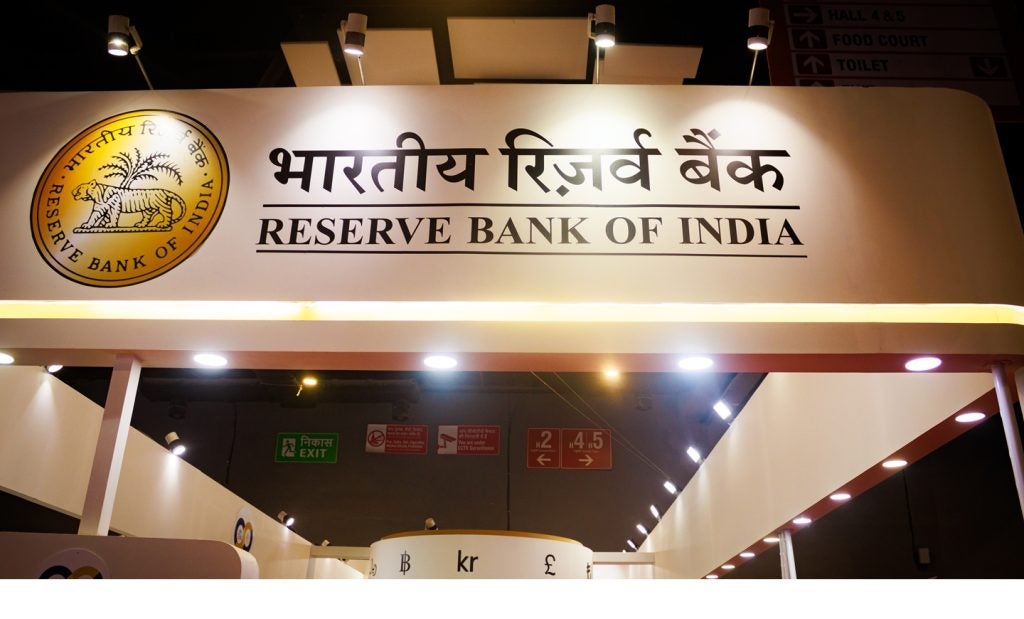Having spent the past decade
trying to convince its stakeholders of the virtues of the
bancassurance model, Dutch-headquartered ING is to focus on its
banking unit, a result of a harsher than expected restructuring
plan foisted on the bank by the European Union (EU) Competition
Commissioner Neelie Kroes.
Attention will now inevitably turn to the
30-plus banks throughout Europe which await EU competition
commission rulings, including KBC, the three biggest banks in
Ireland and the UK pair of Royal Bank of Scotland and Lloyds
Banking Group.
To comply with the EU’s rules on state aid
provided during the financial crisis ING has agreed to:
• Sell its insurance business (estimated value
€12 billion [$17.8 billion] to €15 billion);
• Slash the size of its balance sheet by up to
45 percent from a third quarter 2008 high of €1.4 trillion to €700
billion;
• Give up the equivalent of a 6 percent market
share of the Dutch retail banking market;

US Tariffs are shifting - will you react or anticipate?
Don’t let policy changes catch you off guard. Stay proactive with real-time data and expert analysis.
By GlobalData• Pay the Dutch government a further €1.3
billion in return for access to its bad assets insurance
scheme;
• Make no acquisitions for three years;
and
• Not be a price leader in any of the EU’s 27
countries for retail or SME banking, until Dutch taxpayers have
been repaid in full.
In addition, the bank has agreed to sell the
US arm of its ING Direct operation by 2013, a unit which
has earned its Dutch parent accumulated
pre-tax profits of around €1 billion since it launched in the
country in 2000.
It will also
forfeit “double leverage”, ending its privilege of being able to
operate with lower capital at group level to reflect its
diversified and supposedly lower-risk model.
ING will also seek to raise around €7.5
billion from a rights issue, to repay 50 percent of the Dutch
government’s capital injection.
The loss of the US direct banking arm will be
particularly keenly felt by ING. At the end of 2008, the unit had
grown to more than 7.5 million customers (the biggest client base
of the nine countries in which ING Direct operates), €51.5 billion
of customer deposits – making it the 15th-biggest US bank by
deposits – and €25.1 billion in mortgage lending.
And while market rumours suggested a possible
disposal of ING Direct USA in the first half of 2009, bank
executives were at pains to stress the unit’s retail savings and
investments focus made it a strong, strategic fit for the group. In
May, ING Direct’s head of marketing in the US, John Owens, told
RBI that far from a possible US withdrawal, the bank was
ramping up its promotional efforts to grow market share, with plans
to grow its physical presence in the form of its network of iconic
café outlets (see RBI 613).
Chris Hitchings, analyst at investment bank
Keefe Bruyette & Woods, said in a note to clients: “The reason
they are selling the whole lot is because Kroes told them to. They
don’t want to.”
At the heart of Kroes’ reasoning was a belief
that ING’s €10 billion cash injection from the state, plus another
€21.6 billion of mortgage asset guarantees were obtained too
cheaply by the bank, thus giving it an unfair advantage.









